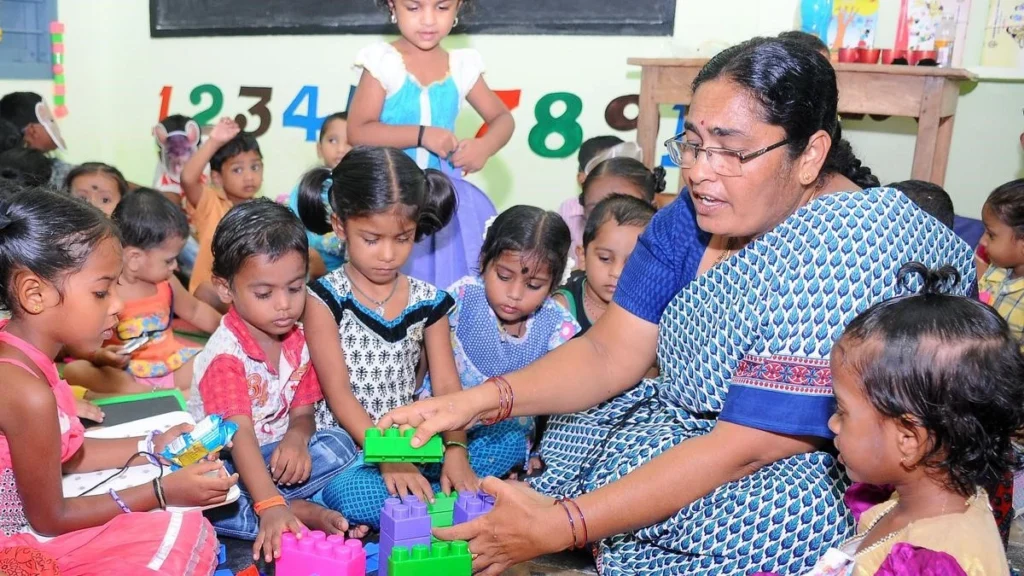The Central Board of Secondary Education (CBSE) encourages all affiliated schools to utilize educational materials that emphasize education in the mother tongue.
Education in the Mother Tongue:
Historical Background
- Mahatma Gandhi criticized the dominant use of English for creating a social divide and hindering the spread of knowledge.
- Prominent Indian leaders like C Rajagopalachari, Bal Gangadhar Tilak, Gopal Krishna Gokhale, and Annie Besant supported an education system that reflects Indian values and is governed by Indians.
Key Educational Policies:
- The National Education Policy (NEP) 2020 recommends implementing mother tongue education up to Grade 5, preferably extending to Grade 8 and beyond.
- According to the National Curriculum Framework (NCF) 2022, the mother tongue should be the primary medium of instruction until a child is eight years old.
Constitutional Provisions:
- Article 30(1): Grants linguistic minorities the right to establish and manage their educational institutions.
- Article 350A: Mandates that states must provide primary education in the mother tongue to children from linguistic minority groups.
- Article 351: Advocates for Hindi as a common medium of expression, which may diminish the presence of other regional languages.
- Article 350B: Introduces a Special Officer role tasked with overseeing and reporting on issues affecting linguistic minorities.
- Section 29 of the Right to Education Act, 2009: Specifies that, wherever feasible, the medium of instruction should be in the child’s mother tongue.
| UPSC IAS Preparation Resources | |
| Current Affairs Analysis | Topperspedia |
| GS Shots | Simply Explained |
| Daily Flash Cards | Daily Quiz |



